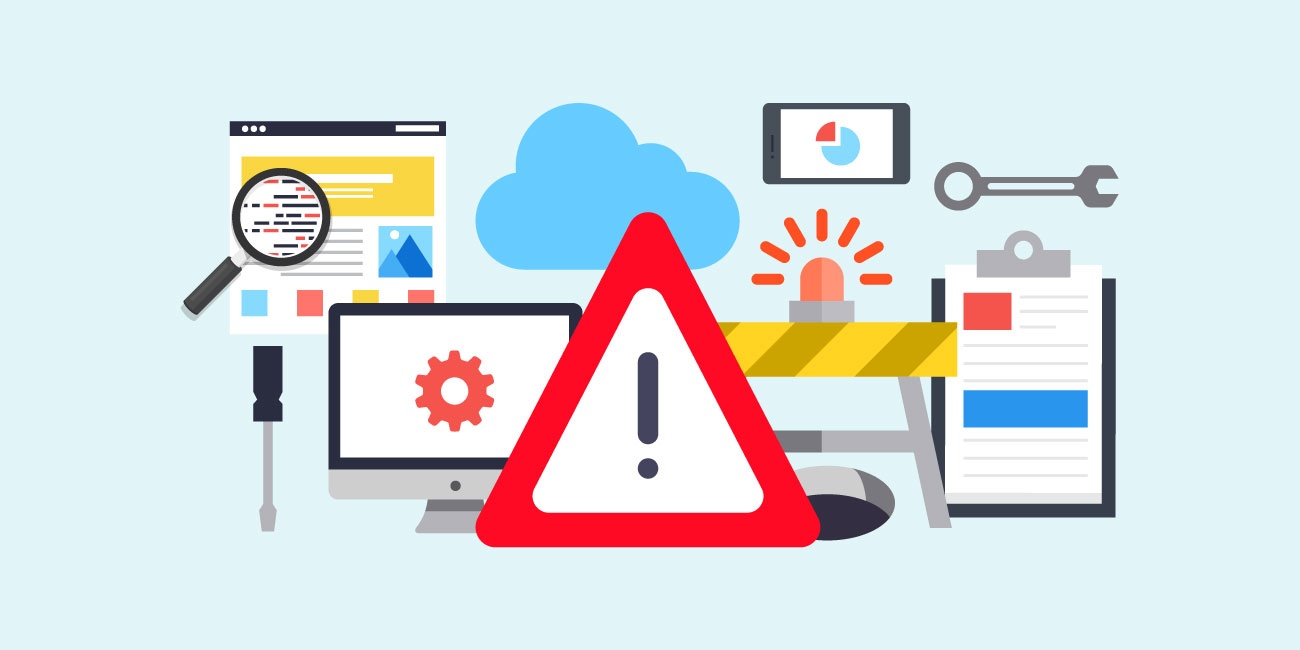
5 Pitfalls to Avoid When Building Communication Capabilities In Your Application
We're sharing a few pitfalls to avoid once you've signed up with a programmable communication API company and are ready to start building.
1. Build Only a Single Channel Solution
If you’re like most, you’ve narrowed your communication use case to a single channel.
Don’t.
By no means am I proposing that you don’t start with a single channel use case like SMS, but consider how you can easily add additional communication channels when the need arises.
Communication channels are not consolidating; instead, they are becoming more diverse and users want to be able to interact with your application through the channel or device they prefer. Plan ahead, and be ready to integrate additional communication channels such as email, WhatsApp, Facebook Messenger, secure web apps and others with ease.
2. Communicate to ‘Endpoints’ Instead of a Person
It can be intoxicating when you realize how easy it is to send an SMS text from your application to a phone number. But don’t forget, the phone number you’re sending a text message to is tied to a real person.
Put the person first in your design.
Otherwise, you’ll end up with disparate communications that don’t support the conversational interaction users want.
3. Assume Nothing Will Change
We are in an age of test, optimize, rinse, and repeat. All communications triggered by an application has a specific purpose or call-to-action that someone in your organization likely owns.
Take appointment reminders, for example:
Building in the flexibility to empower the product manager to make these changes is key.
4. Ignore Performance Metrics
"How’s the performance of your communications?"
Most companies who have already deployed programmable communications in its application are unable to answer this question. They're in the dark to even simple performance metrics like: total sent, clicked, total responses, unsubscribed, total conversations.
Understanding how your communications are performing is the foundation for knowing how to objectively improve them.
Don’t just communicate for the sake of communication, be sure to optimize and showcase the performance of your communications that are being triggered by your application.
5. Assume All Phone Numbers are Created Equal
A common misconception is the "one size fits all" approach to a phone number.
Not all phone numbers are created equal.
Different use cases will call for a different strategy around numbers. There's a wide range of different types of phone numbers to consider: short codes, local, toll free, and long code. A number can also have additional features from multi-function numbers (voice, SMS, and MMS on the same number) to SMS enabling toll-free numbers. Knowing the types of phone numbers and their different capabilities will help you better optimize your engagement strategy.
Most companies building software applications don’t realize that each number type has different throughput rates that impact voice quality and SMS deliverability...
Choose a number strategy that matches your use case!
For more on building communication capabilities, check out Why SaaS Companies Need CPaaS For Customer Engagement.




